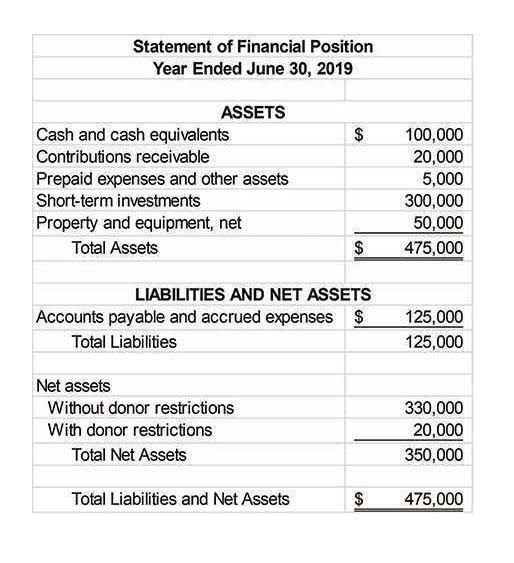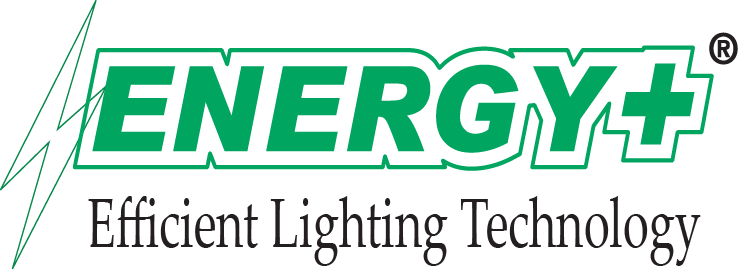
However, it would be unfortunate to take an approach to drug pricing that rewards drugs developed through bloated and inefficient processes over drugs with the most meaningful clinical benefits. The IRS treats capital expenses differently than most other business expenses. While most costs of doing business can be expensed or written off against business income the year they are incurred, capital expenses must be capitalized or written off slowly over time. As a general rule of thumb, GAAP allows for the capitalization of costs if it anticipated that the organization will receive future benefits (usually over a long-term period) from utilizing the asset or expenditure. Another fundamental principle is the consistent application of accounting policies. Companies must establish clear guidelines for recognizing and measuring R&D costs, ensuring that these policies are applied uniformly across all projects.
How the tax changes impact R&D spending
Many governments offer incentives to encourage innovation, recognizing the broader economic benefits of research and development. These incentives often come in the form of tax credits, deductions, or grants, which can significantly reduce the r&d accounting financial burden of R&D activities. Detailed disclosures about R&D activities, including the nature and scope of projects, the amount of expenditure, and the expected benefits, provide valuable insights to investors and other stakeholders.
Tax and accounting regions
- The are two main sets of accounting standards that most businesses follow.
- When you capitalize development costs, you’re doing something that can increase your company’s profitability.
- Assets are items or resources a company owns that can help it make more money, spend less, or get better at what it does in the future.
- The general partner may be authorized to obtain additional funding by selling limited-partner interests, or extending loans or advances to the partnership that may be repaid from future royalties.
- Because success is highly uncertain, accounting has long faced the challenge of determining whether such costs should be capitalized or expensed.
Current liabilities are important because they represent the short-term obligations of a company. You might have a few different types of current liabilities, which include accounts payable, taxes payable, and short-term debt. The purchase of an asset such as land or equipment is not considered a simple expense but rather a capital expenditure. Assets are expensed throughout their useful life through depreciation and amortization. The definition of research and development or experimental expenditures is quite broad, making it a challenge for most businesses to determine how to categorize or re-categorize expenses that might be related to research. At the base of all businesses is innovation and growth strategies; for most companies, R&D is their bedrock.
IFRS Guidelines for R&D Accounting
It must show that the research must eliminate uncertainty concerning a product’s development or improvement. This includes uncertainty about the appropriate design of a product or process. Hiring professionals who understand the latest laws can help ensure your company is ready for the future. These new R&D laws have been the biggest shakeup of the R&D system in decades. Companies need to prepare for significant changes in their balance sheets in 2022 and beyond.

What are the main principles of the GAAP framework?
- Tangible assets include physical items like laboratory equipment and machinery used in R&D processes.
- Other categories include the owner’s equity, assets, liabilities, and revenue.
- So far we have established that expenditure on R&D can fall into the category of intangible assets.
- Extraordinary expenses are costs incurred for large one-time events or transactions outside the firm’s regular business activity.
- A reporting entity must assess whether the VIE model applies to its specific set of facts and circumstances.
- It’s important to note that net income doesn’t include the significant investments in R&D under its cash flow from investing activities.
- If the improvements are cost-effective, they will be implemented during the development phase.
We will also show how the new law affects tax liabilities and why it has been a source of heated debate. A summary of all expenses is included in the income statement as deductions from the total revenue. Revenue minus expenses equals the total net profit of a company for a given period. Common expenses include payments to suppliers, employee wages, factory leases, and equipment depreciation.

A reporting entity cannot simply choose which consolidation model to use. Viewed from that angle, this one resource provides you with a roadmap to resolving the many varied issues that can arise with R&D activities. Following is a continuation of our interview with Robert A. Vallejo, partner with the accounting firm PricewaterhouseCoopers. By submitting, you agree that KPMG LLP may process any personal information you provide pursuant to KPMG LLP’s Privacy Statement. Helping clients meet their business challenges begins with an in-depth understanding of the industries in which they work.


